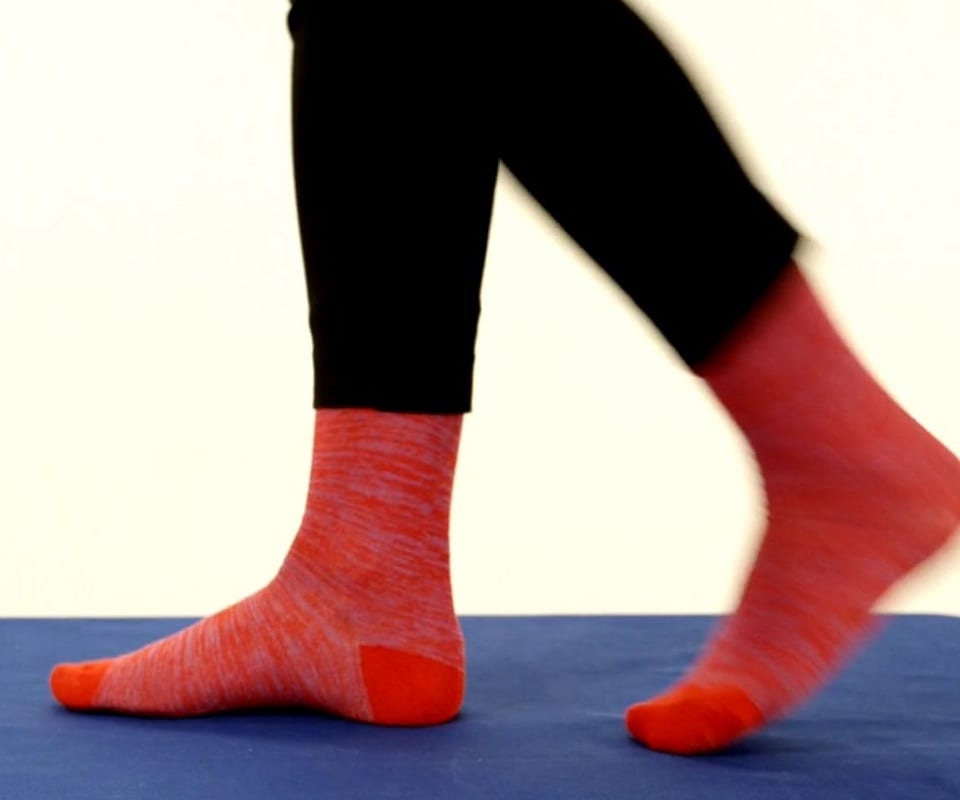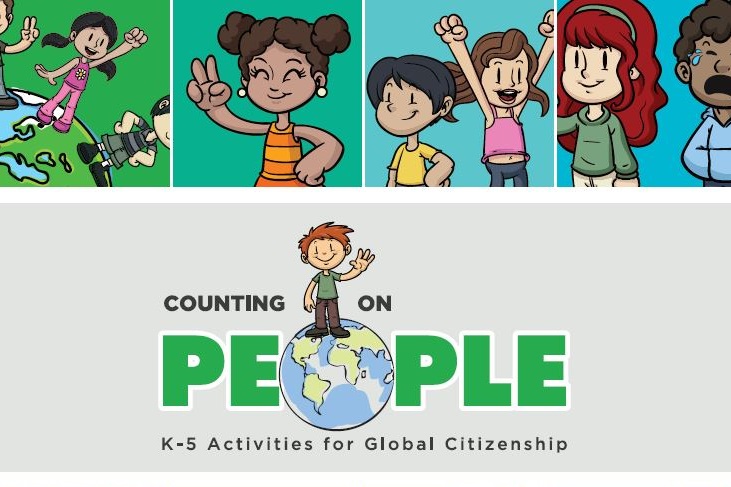Lesson Plan
Grades 3-5
Millions and Billions
This lesson plan must be purchased as part of a lesson packet or as part of a full curriculum that is available in our store.
See Purchase OptionsResource Overview
Through riddles, an art project, and small group problem-solving, students gain an appreciation for large numbers and specifically, the difference between a million and a billion.
Students will be able to:
- Recognize that one billion is a thousand millions, which is a thousand thousands.
- Evaluate the difference between millions and billions.
- Complete multi-step word problems by calculating and converting measurements both within and between the imperial and metric system.
Features of This Resource
- Students practice measurement with formal units
- Opportunity for authentic learning as students connect their findings with the real-world
- Lesson provides three ways for comparing millions and billions, meeting the needs of various learning styles
How Do I Get This Lesson Plan?
This lesson plan must be purchased as part of a lesson packet or as part of a full curriculum that is available in our store.
Other Resources You Might Like:

Students experience the changing pace of population growth by actively simulating the Earth’s population growth over a 500-year span. Students... Read more »

Through riddles and cooperative learning math activities, students work through problems to calculate and visualize millions and billions of things... Read more »
Nice to meet you!
Tell us a bit about yourself so we can continue creating resources that meet your needs.
You’ll only need to fill out this form once. If you’ve already completed the form, you can confirm your email here.



